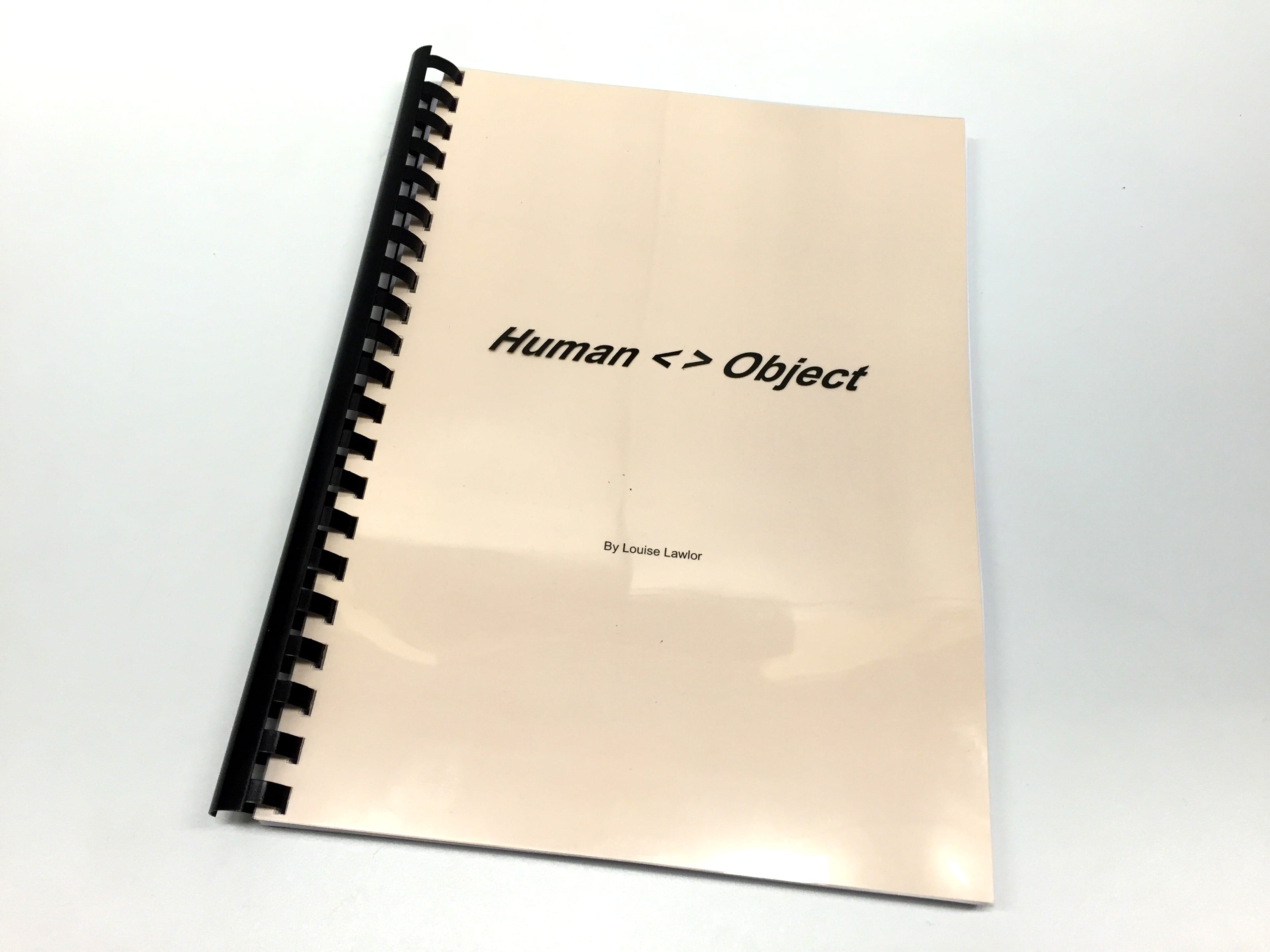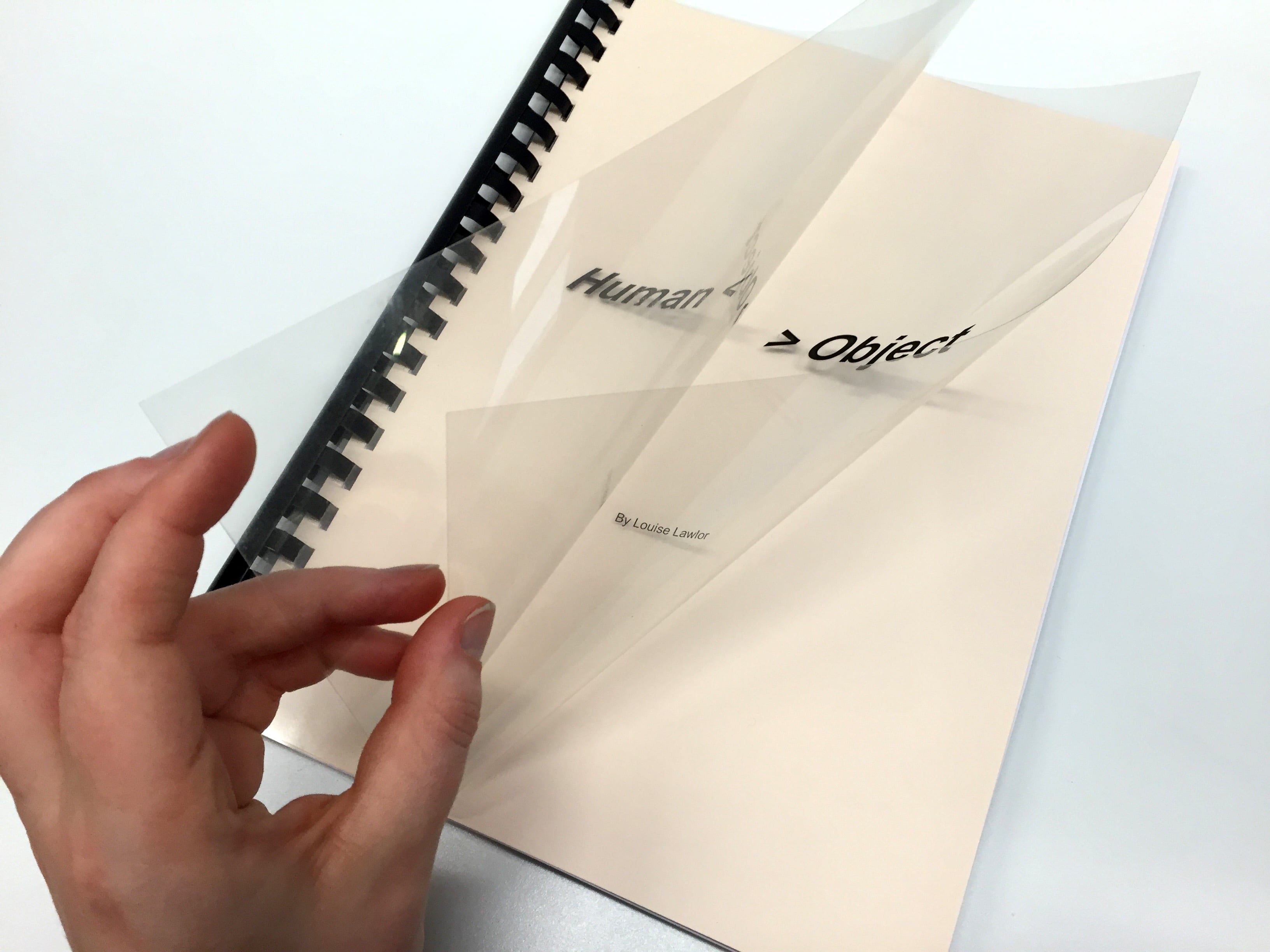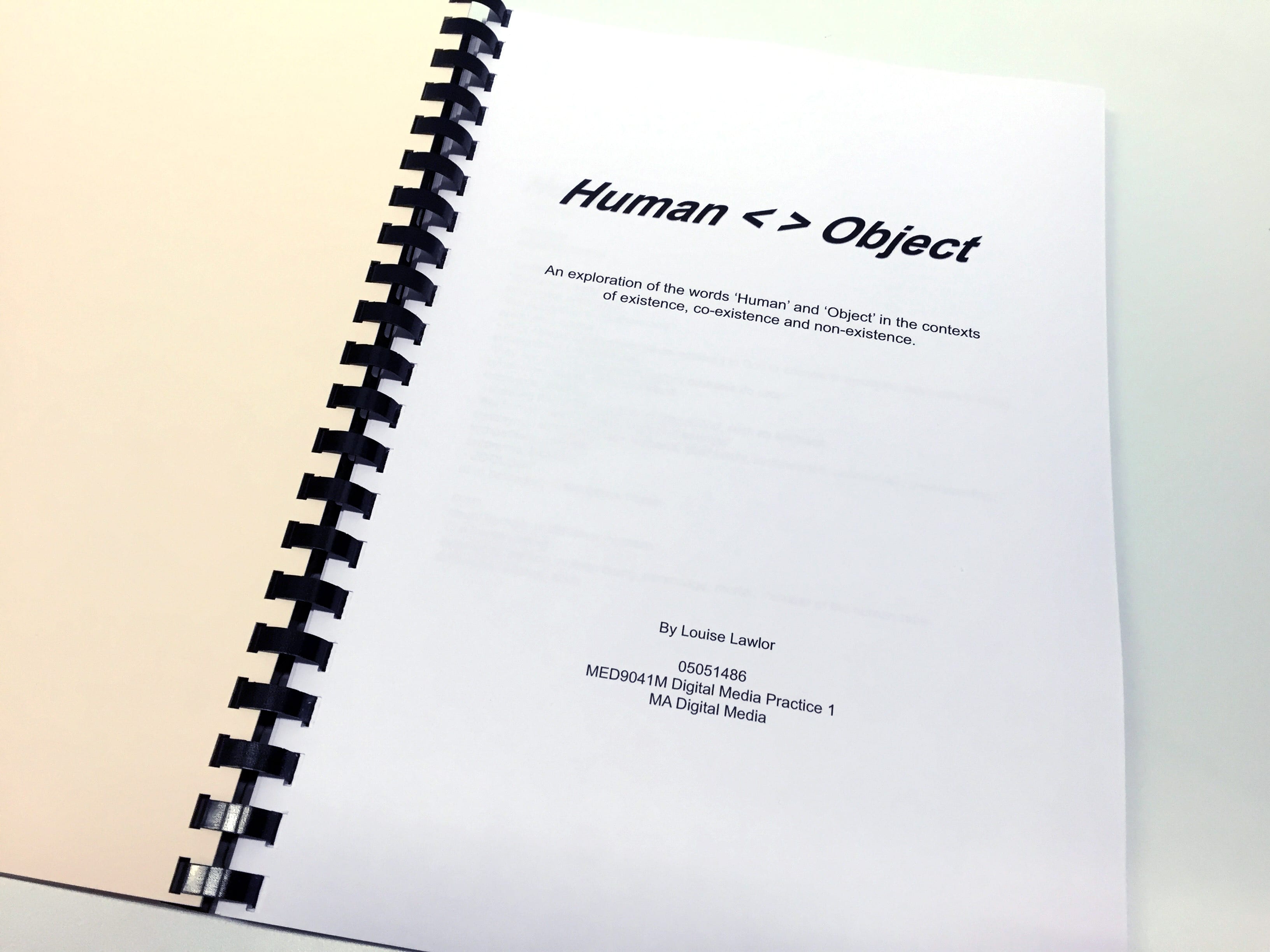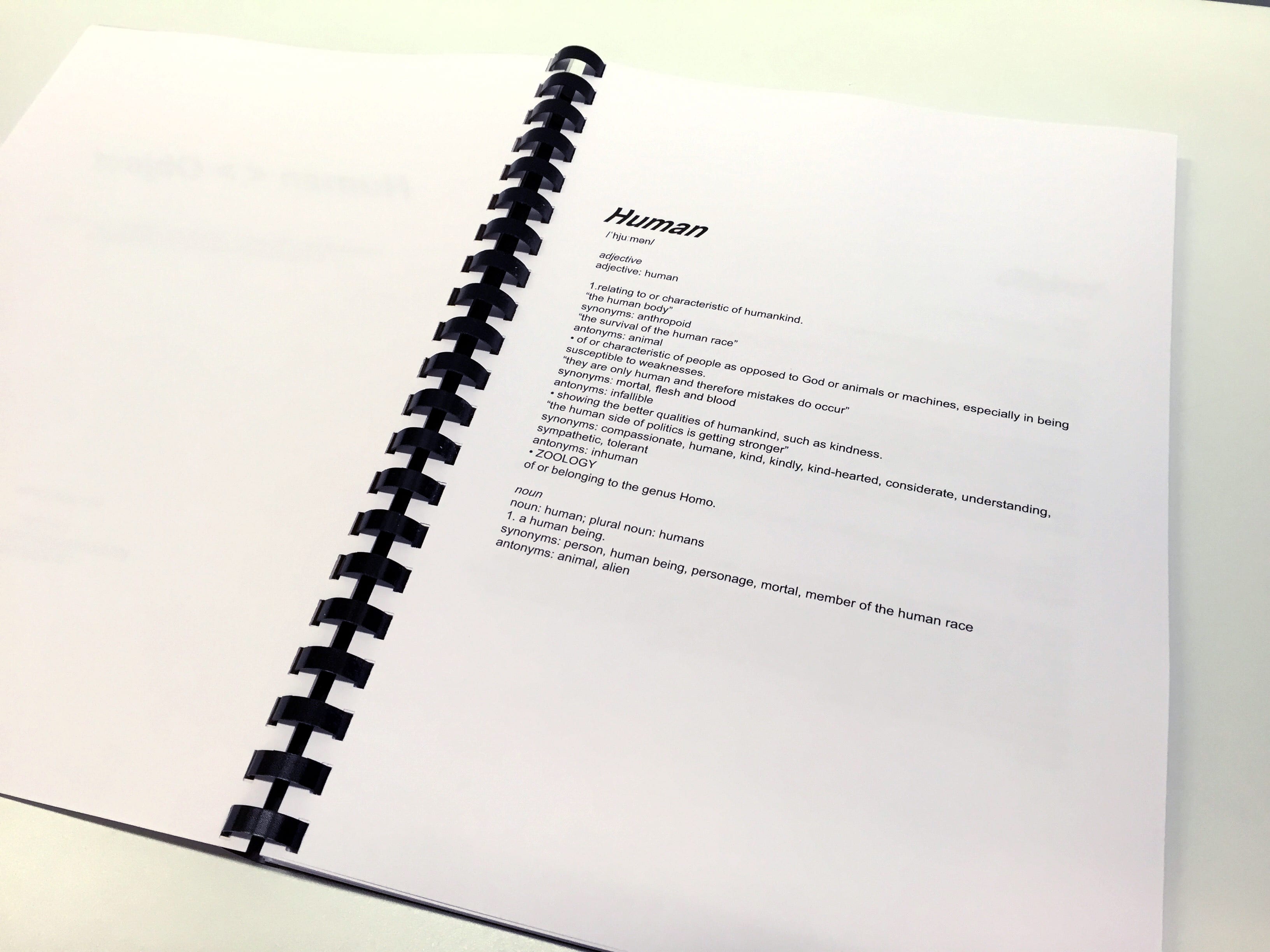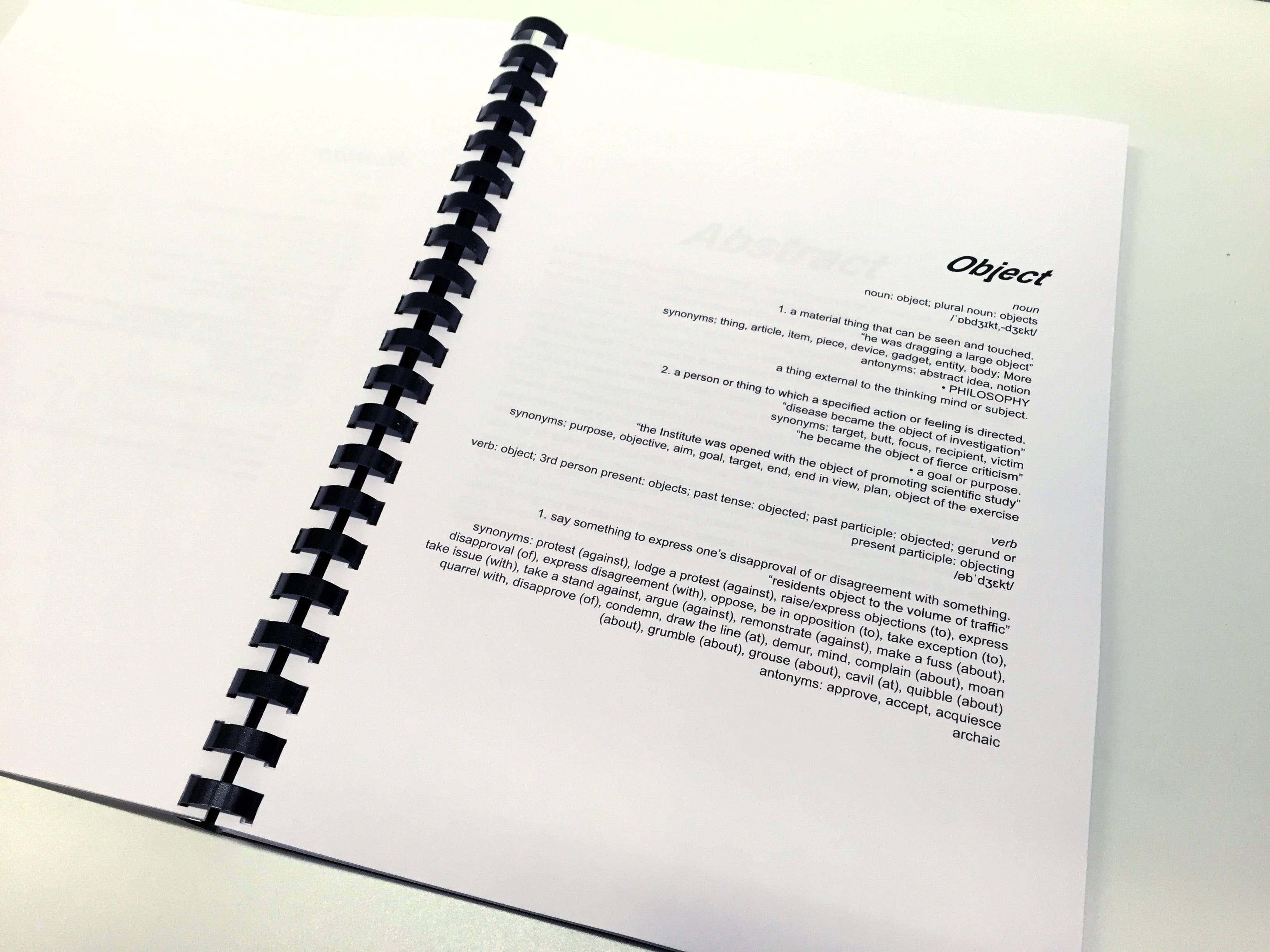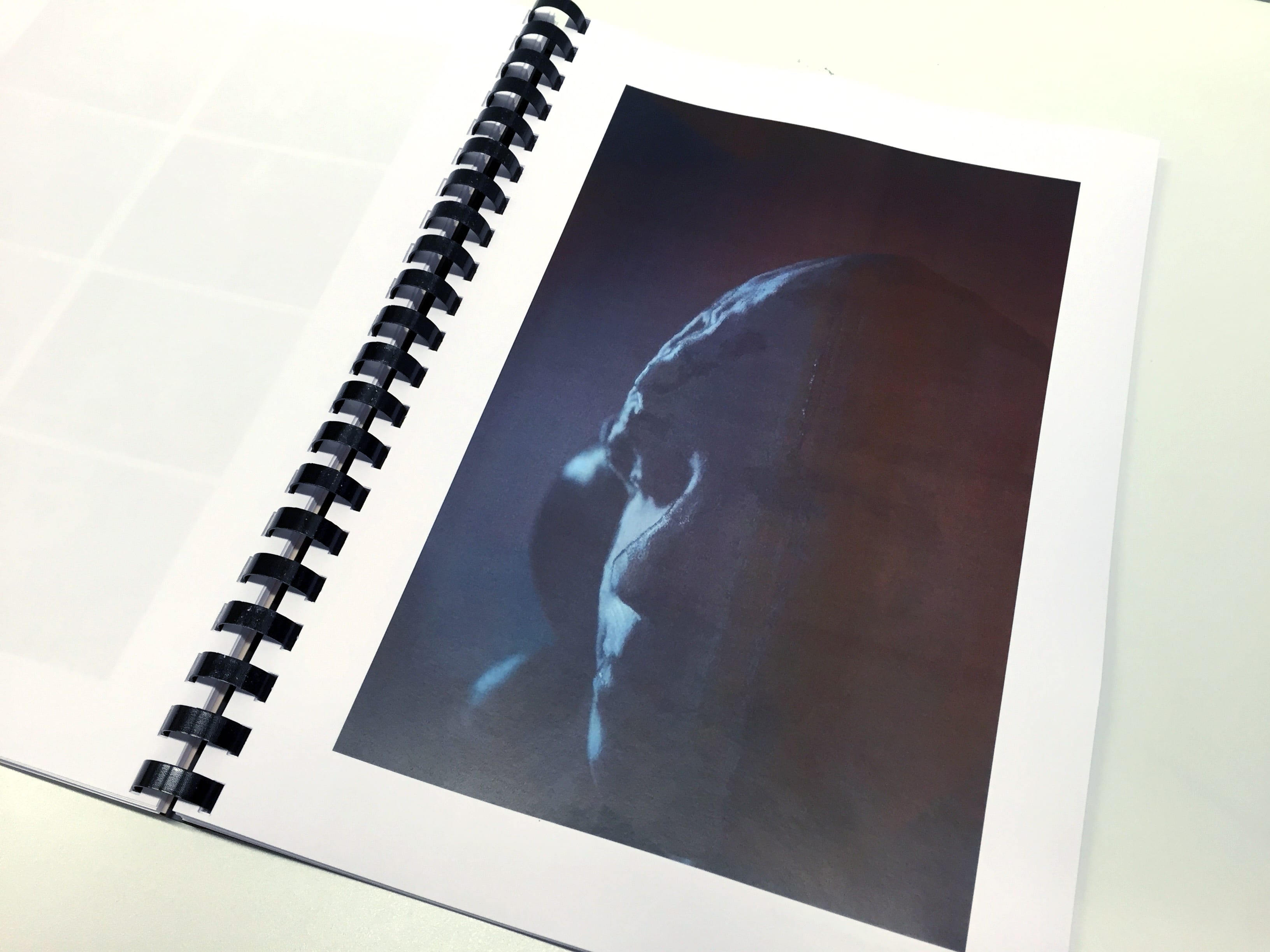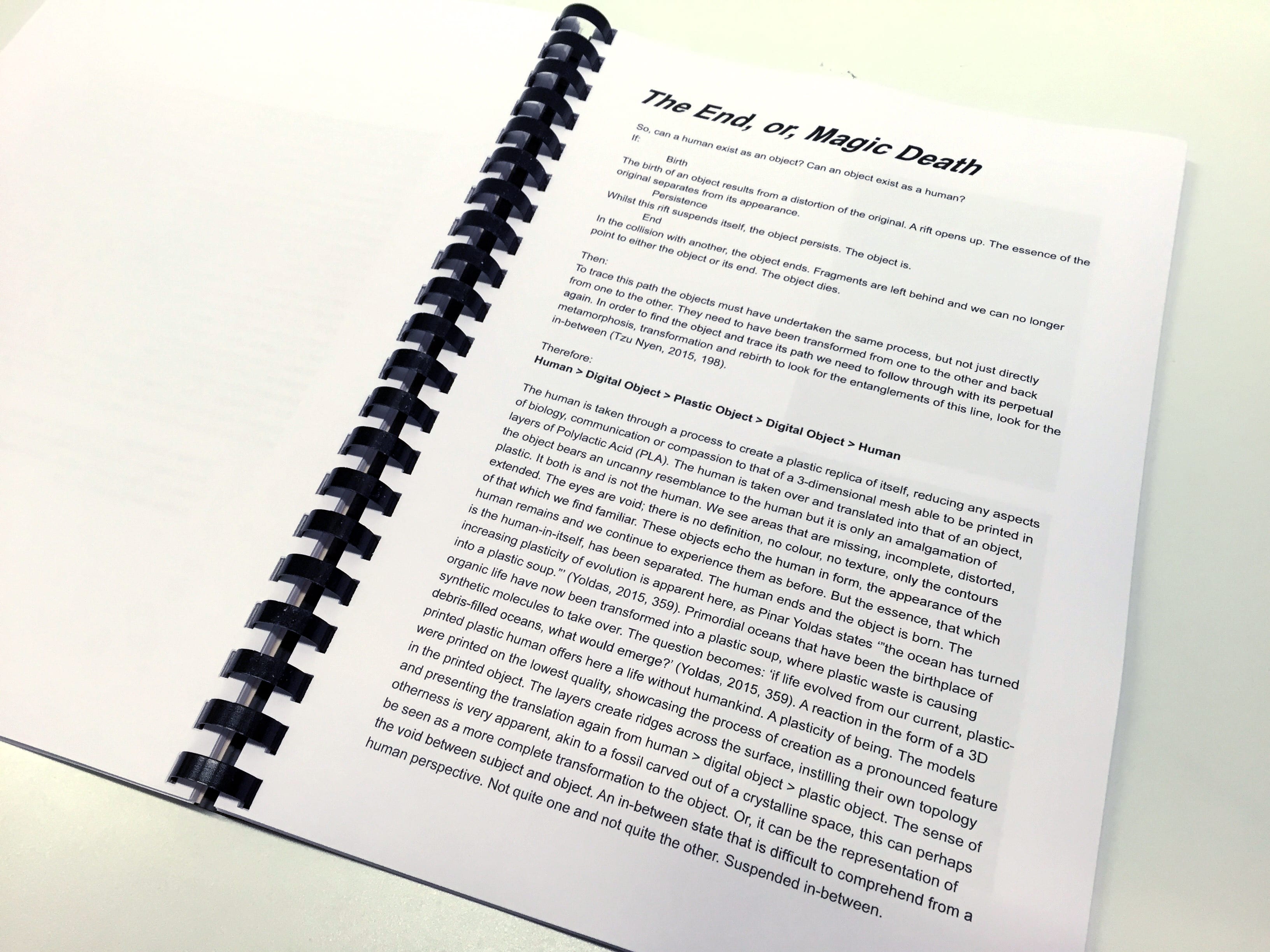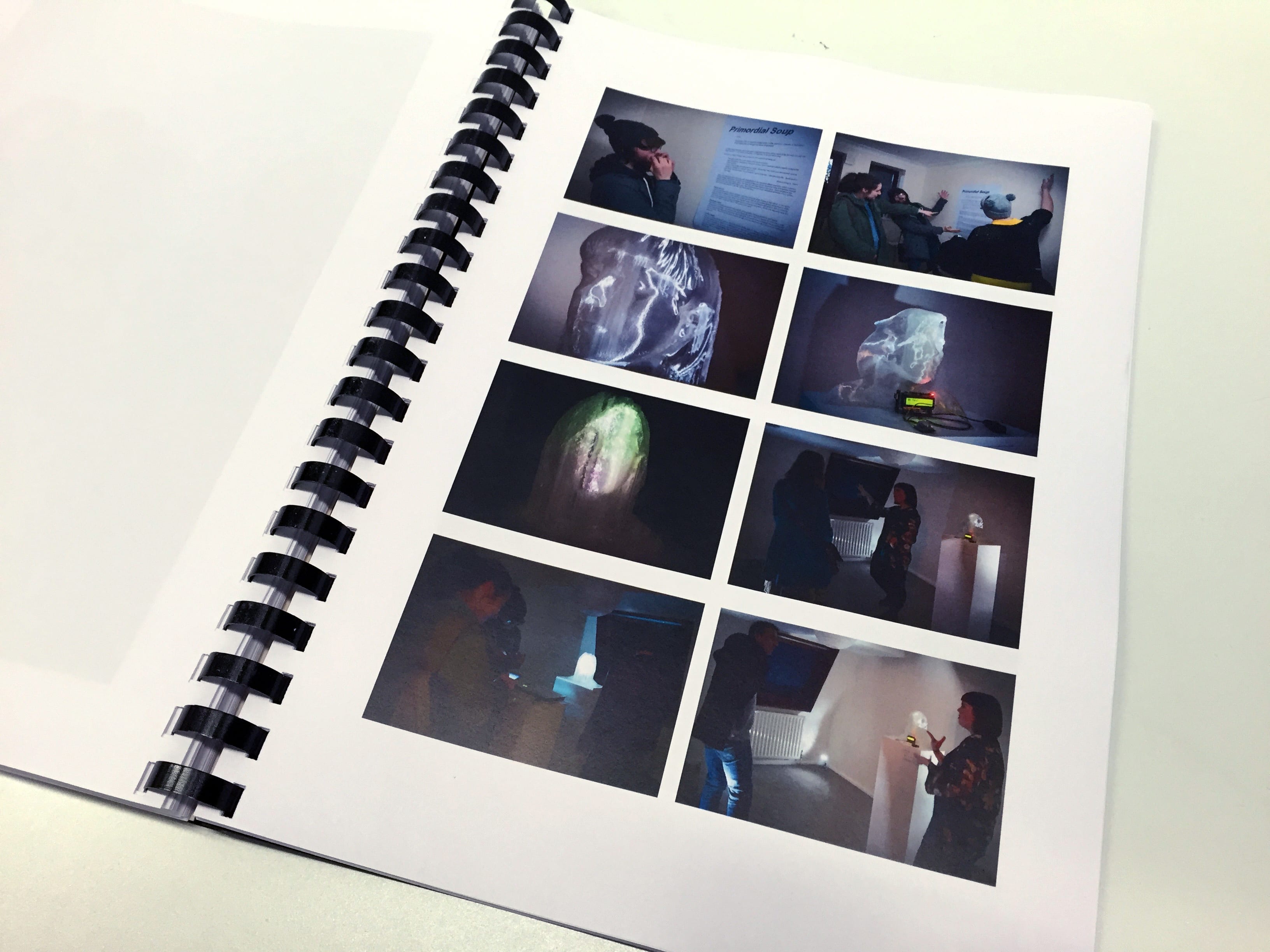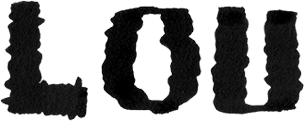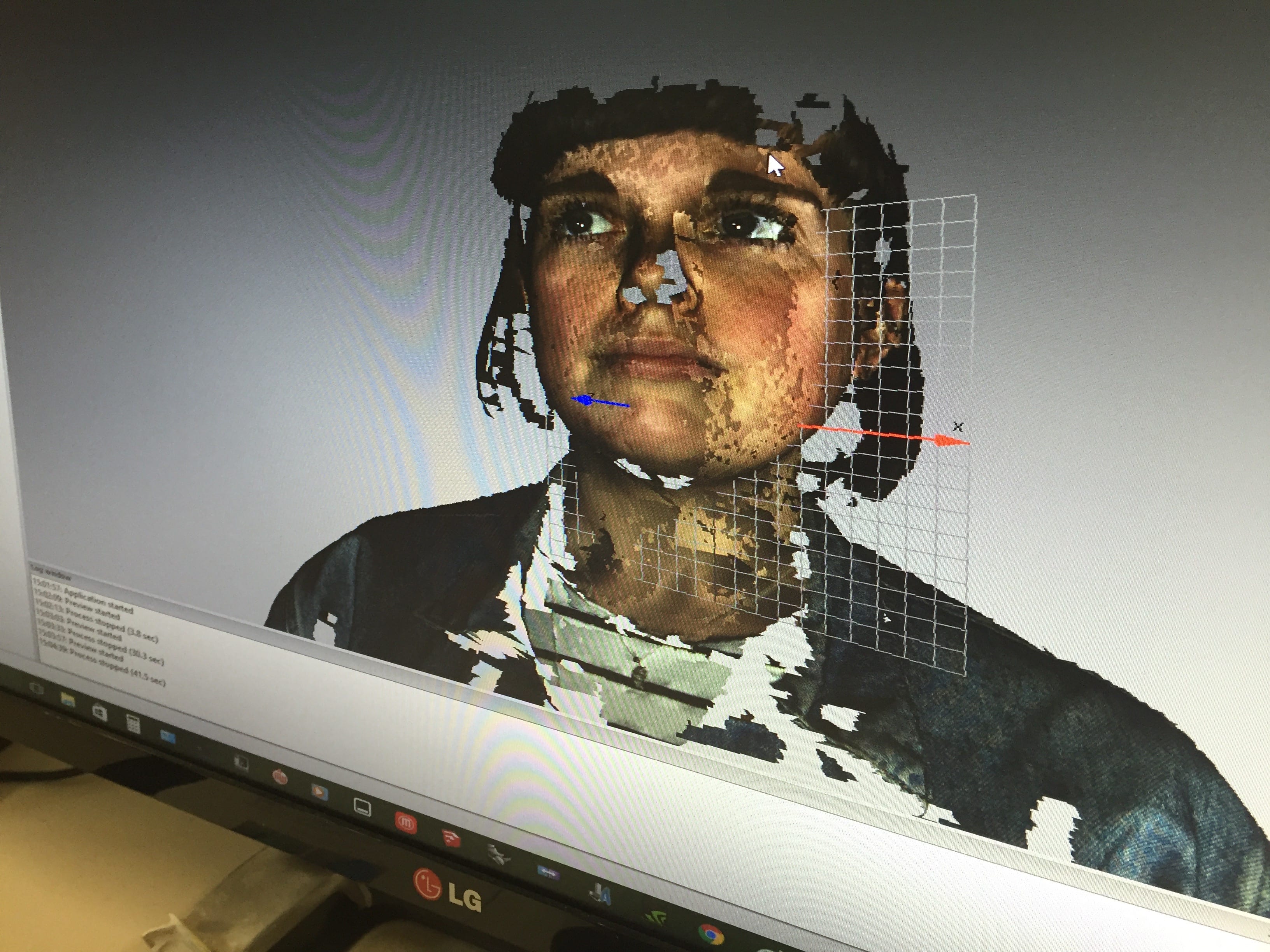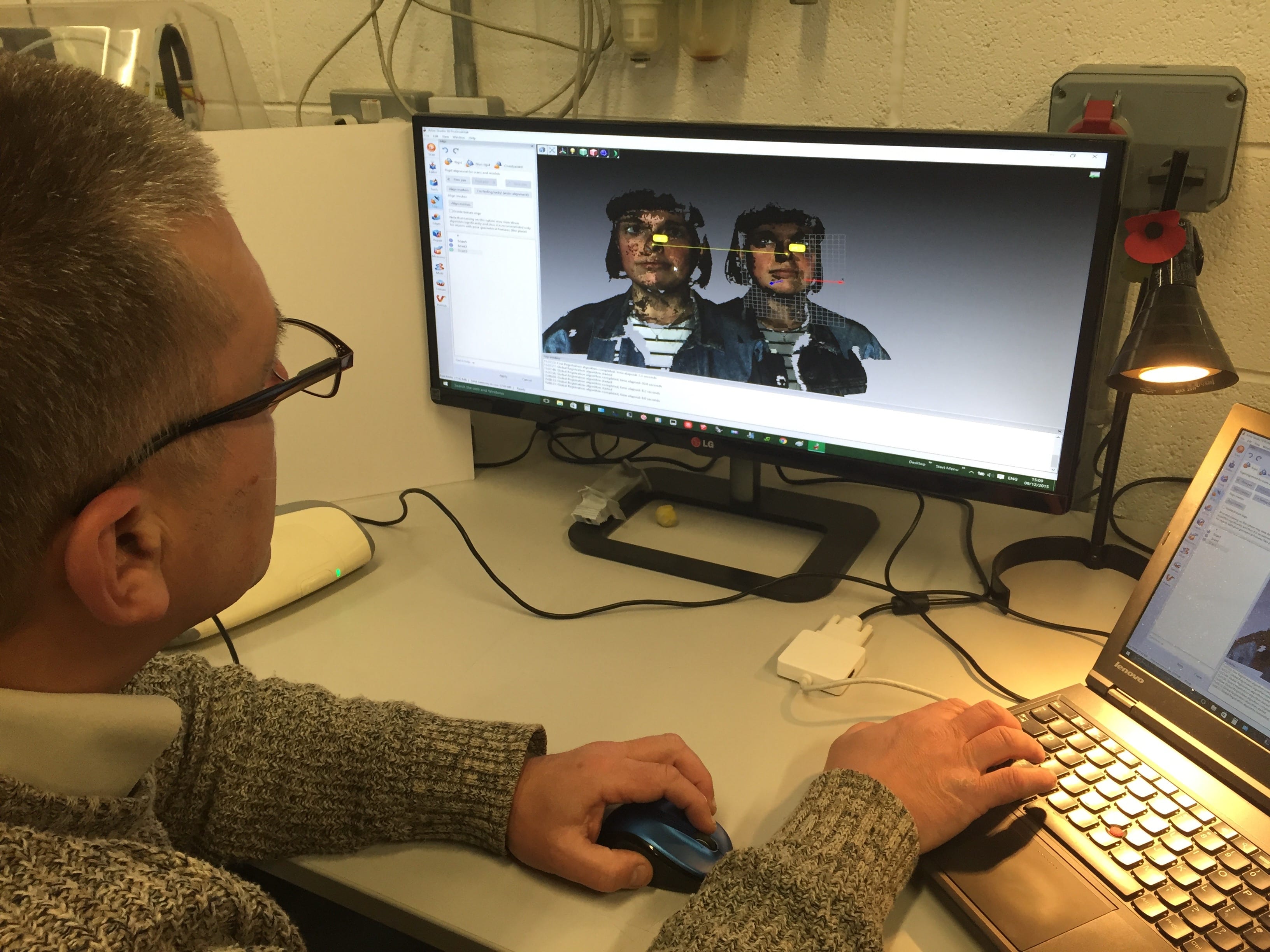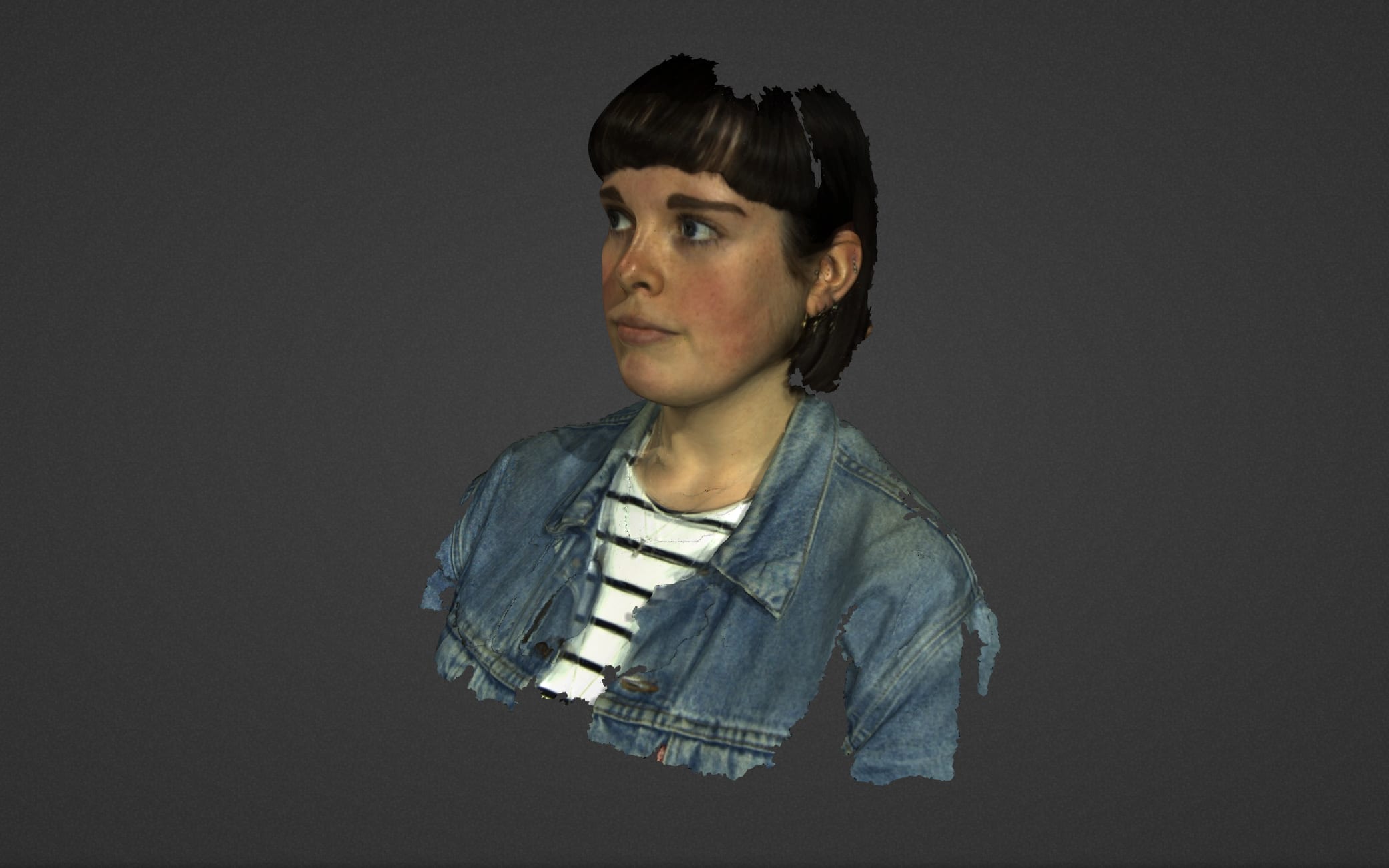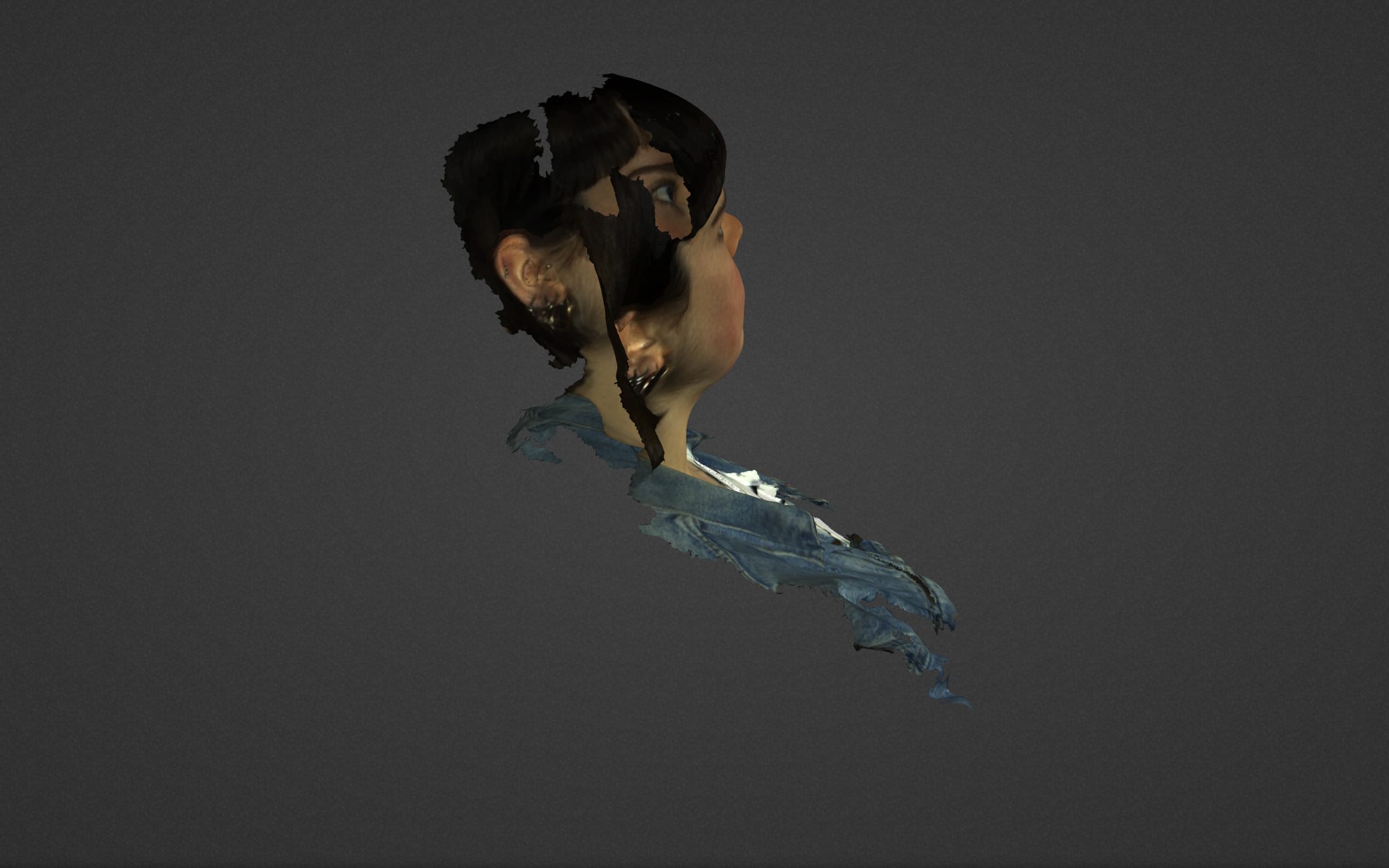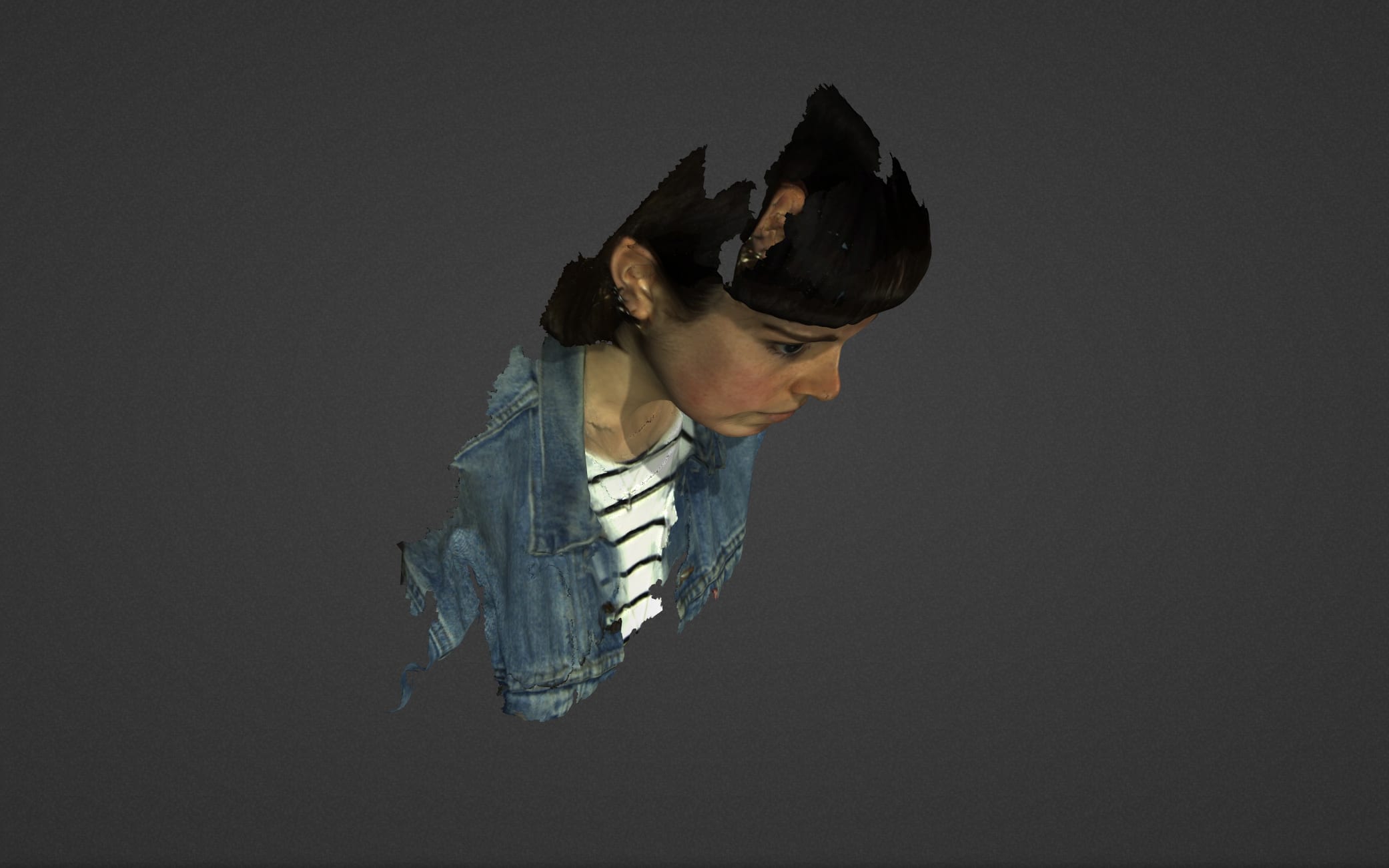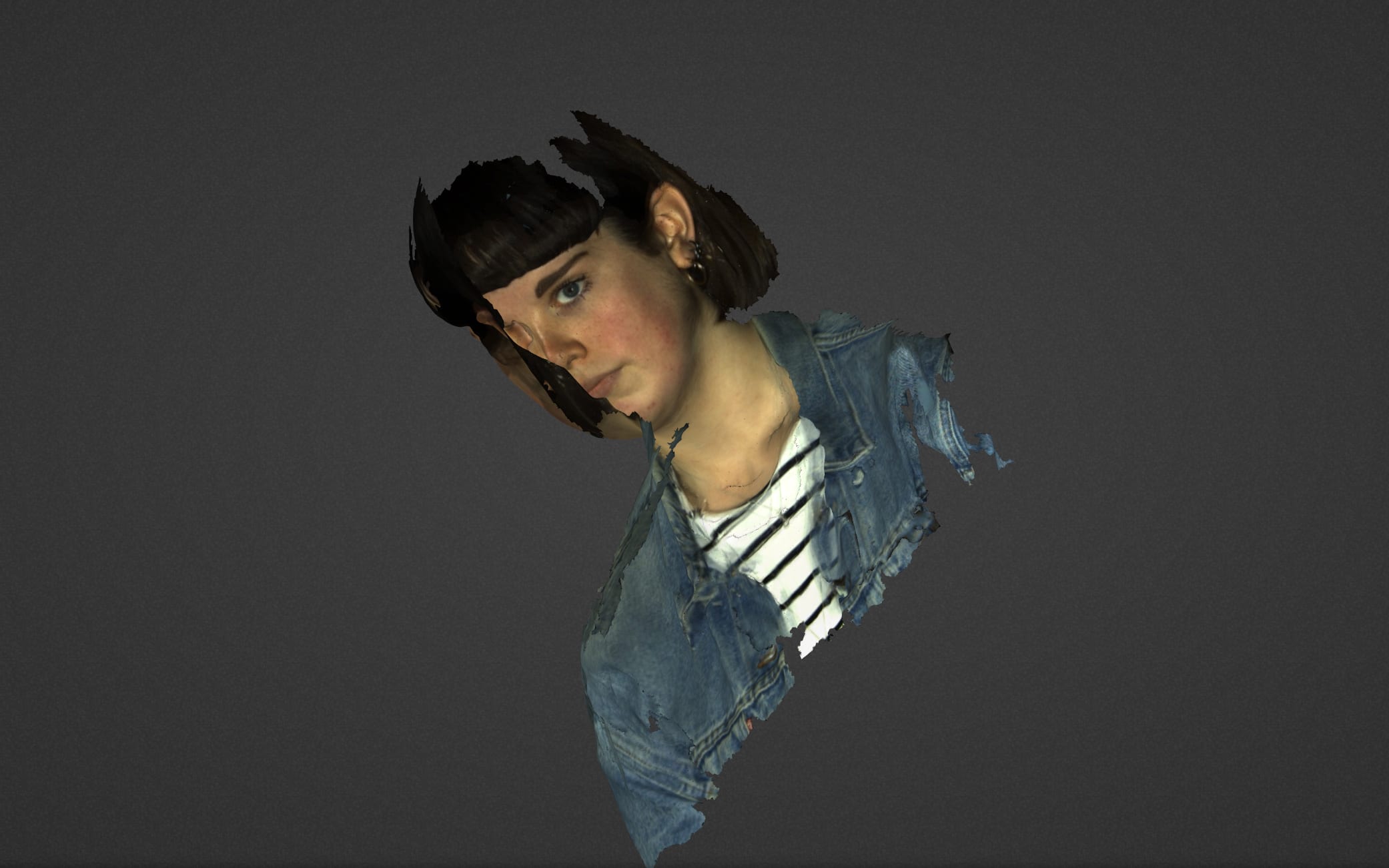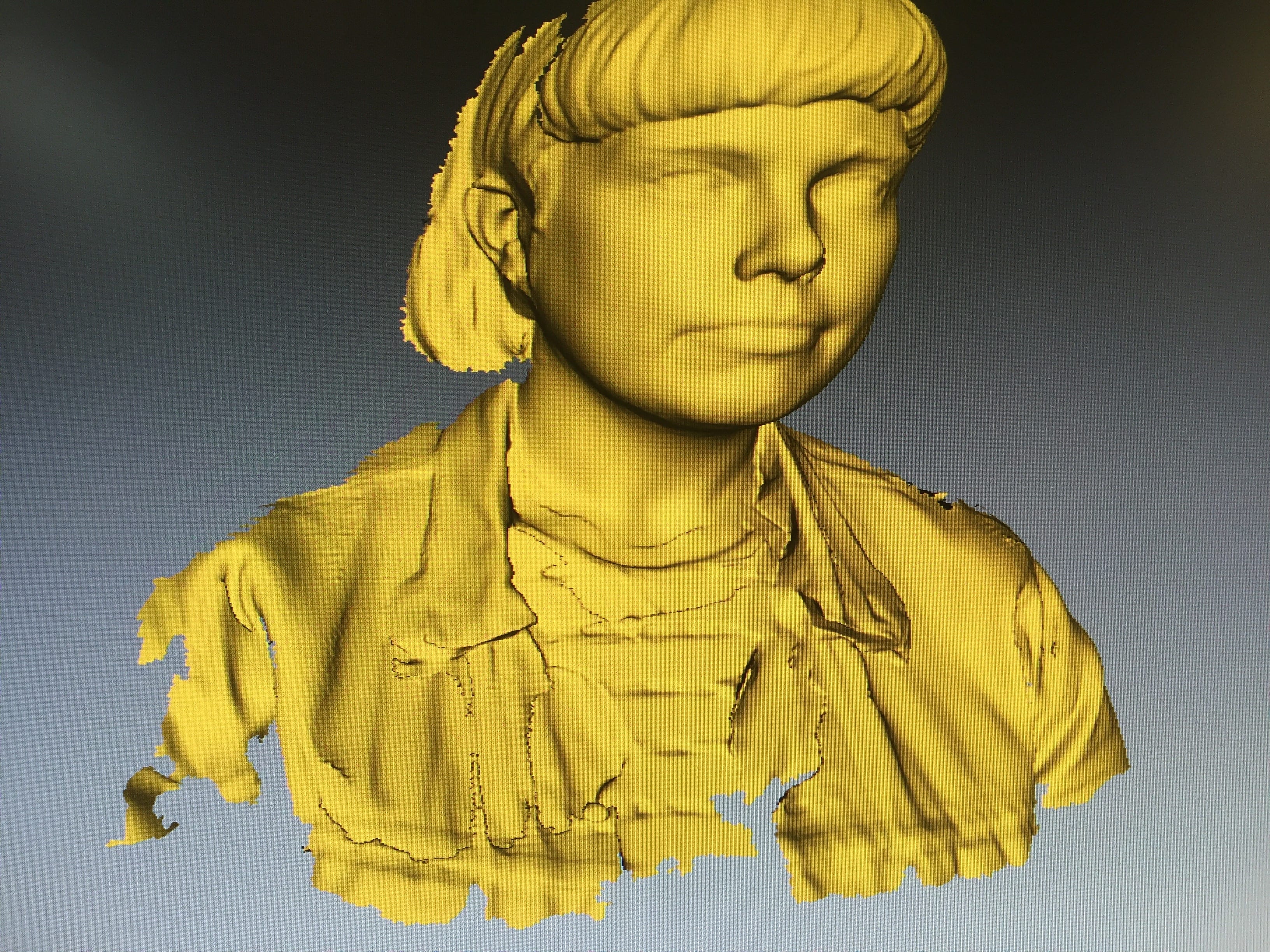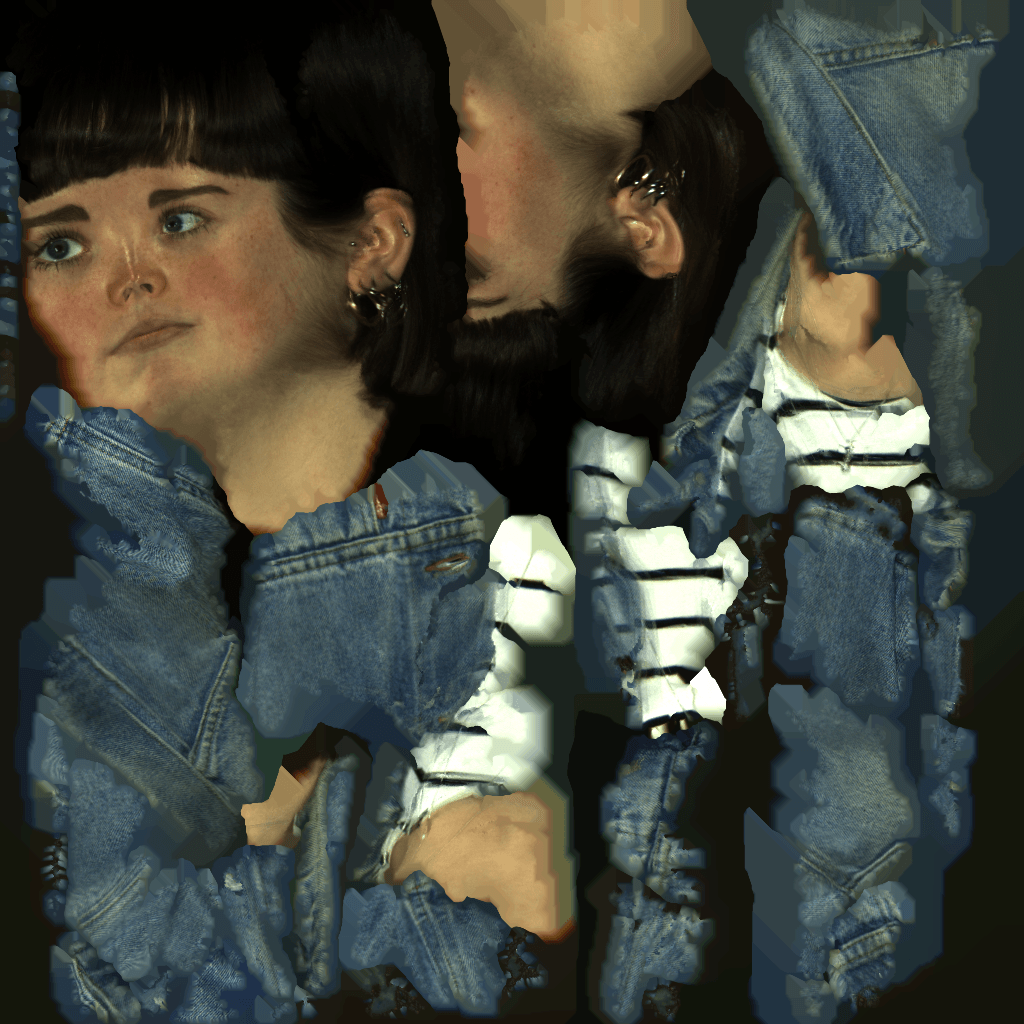Reflections on ‘Art in the Anthropocene: Encounters Among Aesthetics, Politics, Environments and Epistemologies’ (2015) edited by Heather Davis and Etienne Turpin
‘The Existence of the World is Always Unexpected’ Jean-Luc Nancy in conversation with John Paul Ricco
This chapter centres around the anthropocentric view that is looking toward the end of humans as a form of species death, however this end has been redefined due to the shift in the technicity within humans combined with the eco-technical ecology the human exists in. This state brings about ‘the equivalency of ends’ (Davis and Turpin, 2015, 85), whereby ends are multiplying indefinitely and simultaneously proving to be substitutable for one another. The chapter continues this line of thought and goes on to refer to the ‘condition of an ever-renewed present’ (Davis and Turpin, 2015, 85), here the present is finite and in a permanent state of renewal as each new living moment is created. This process however exposes the incompleteness of the concept of the present, if the present is constantly renewing it can therefore never be equated to another moment or thing and in essence the present is never present as it is always tied up in its own end. ‘If one wants to speak of “end” it is necessary to say that the present has its end in itself, in both senses of goal and cessation. The finitude of each singularity is thus incommensurable to every other, and therein exists the equality of all singularities – their in-equivalence.’ (Davis and Turpin, 2015, 86).
Ends are further discussed in that originally natural constraints, ‘climate, soil conditions, the size of seas and rivers’ (Davis and Turpin, 2015, 88), have determined the modes of human existence and contributed/been the catalyst for the end. Now the end is predicated by the mastery by human technical activities, ‘steam, electricity, oil, the atom, semi conductors… nanotechnology and genetic modification (Davis and Turpin, 2015, 88), over both the human and the concept of ‘natural’. Therefore there is no idea of a unique object ‘the universe’, there are many ‘multiverses’ becoming together. These multiverses are entangled together where one or more conditions affect in various relations. This notion consequently means there can be no singular image of the ‘world’, relating here back to the ever-renewed present where the multiverses are always becoming and the concept of the present, of a moment where you can see the world as it is, is unachievable as its own end is always-already contained within.
The chapter also briefly touches on some phrases I found particularly interesting:
- The problematic of ends – the issue where any way in which to speak of the “end of the world” is always preoccupied with “ends”.
- Kingdom of ends – derived from Kant that is a state of existence where all must choose to act by laws that imply an absolute necessity and to use their fellow subjects as ends in themselves, rather than means to achieving their own end goal.
- Absence of ends – one of the principle ways in which humanity has confronted this is through art.
Ultimately, ‘The “ends” today are clearly endless.’ (Davis and Turpin, 2015, 90)
‘We’re Tigers’ Ho Tzu Nyen
‘Speech is a spell, and words, once ejected into the air, warp the weave of worlds.’ (Tzu Nyen, 2015, 191).
Otherness; otherness of nature, of animals, of speech, is the basis of this chapter. Tzu Nyen discusses these concepts in terms of tigers within the Malay world, how they are perceived and spoken about and the mythology that surrounds them. The tiger is referred to as:
- Mpu uton (grandfather of the forest)
- Mpu tempat (grandfather of the place)
- Datok (grandfather or ancestor)
- Gop (other person, someone) [perhaps this could be an interesting way to define the new objects I have been attempting as translated from the human?)
The last of these I find the most interesting, suggesting the tiger is ‘other’ as defined from the human. Othering something places it in a realm outside, it creates a separation between the two instances. In fact from previous knowledge of our ecology, from an ethical standpoint, all instances are becoming together and the world is an entangled mesh of the human and non-human evolving perpetually. We can however view this from the perspective as the tiger being ‘of the forest’ and of nature and therefore other to humans, but Tzu Nyen notes ‘never completely or radically so. For it is also kin, bound by blood to humans.’ (Tzu Nyen, 2015, 191). Here the chapter goes further to suggest we much think ‘with the tiger, where thought can be propelled into a realm anterior to the formation to the human mind’ (Tzu Nyen, 2015, 191). Or to put this differently, thought as coming before the formation of the human mind in a linear sense. Anterior here can also be seen as an othering, akin to exterior as the removal of thought from mind, thought is other to human and therefore we can think of the tiger by these redefined non-human perspectives. Taking away the human centrality to the perception of the tiger as a being existing with the forest, with nature, with humans.
The chapter then goes on to discuss notions of mythology, whereby in the Malay world ‘the tiger was believed to live in villages, where the houses have walls of human skin, and the roofs are thatched with human hair. And when crossing lakes and rivers, the tiger can dissolve into the shape of a man.’ (Tzu Nyen, 2015, 194). Tzu Nyen describes this concept as a “weretiger”, perhaps this can also be applied to my project work in the creation of a “wereobject”. The space where objects live in houses of human skin with roofs of human hair and there is a point, or boundary, at which they cross over and dissolve into a human? ‘To embark upon the trail of the weretiger is to follow through with its line of perpetual metamorphosis and seek in the entanglements of this anthropomorphic but not anthropocentric line.’ (Tzu Nyen, 2015, 198). If we see the weretiger as the object, in order to find the object and trace its path we need to follow through with its perpetual metamorphosis/transformation/rebirth and look for the entanglements of this line, look for the in-between.
‘Ecosystems of Excess’ Pinar Yoldas
Here Yoldas discusses the plasticity of our evolved ecology, ‘Today the composition of the oceans is undergoing a dramatic change in which synthetic molecules are taking over… “the ocean has turning into a plastic soup.”‘ (Yoldas, 2015, 359). Our primordial oceans that have been the birth place of organic life, have now been transformed into a plastic soup where plastic waste is causing synthetic molecules to take over. The question becomes, if life emerged/evolved from our current plastic filled oceans, what would this be? My project is perhaps a reaction to this question in the form of a 3D printed plastic human, then adding the human back in to showcase this sense of the plasticity of evolution. Offering here plastic life without humankind.
The concept of the Plastisphere, defined by ecosystems that have evolved to live in human-made plastic environments, is interesting as an example of the entanglement between human and object where humans have created these plastic environments that (as previously discussed) are now the catalyst for the end. Similarly a Plastivore (or Plastivorous), meaning ‘plastic-eater’ as an animal who normally derives energy and nutrients from a diet consisting of food sources in the urban environment, shows this translation between human and object and the plasticity of evolution is performing this from the inside out. Plastivorous animals utilise these food sources to make it stronger or provide a more aesthetic appearance to blend into its urban environment. Here the chapter gives examples of biological systems that have evolved in this plastic ecology, existing in an in-between state between human and object:
- Stomaximus – Plastivore Digestive Organ – this organ is able to metabolise a variety of plastics.
- Chelonia Globus Aerostaticus – Plastic Balloon Turtle – this species of marine turtle feeds off of latex balloons causing the elastomer lining on top of its shell to have a pneumatic quality and allow it to float when it is exhausted.
- Pigmentation in the Plastisphere – From Factory to Feather – Plastisphere birds obtain their colours from either pigments in the plastivorous organisms they eat or from the plastics themselves. As a result of metabolising plastics that consist of colorants produced in the Pantone Universe, the feathers are defined by pantone colours.
These concepts are useful to relate to the materiality of my project, plastic here is a deliberate choice in the attempt to find the point at which the human translates into an object and closely resembles the processes of evolution that have become largely defined by human-made plastic.
